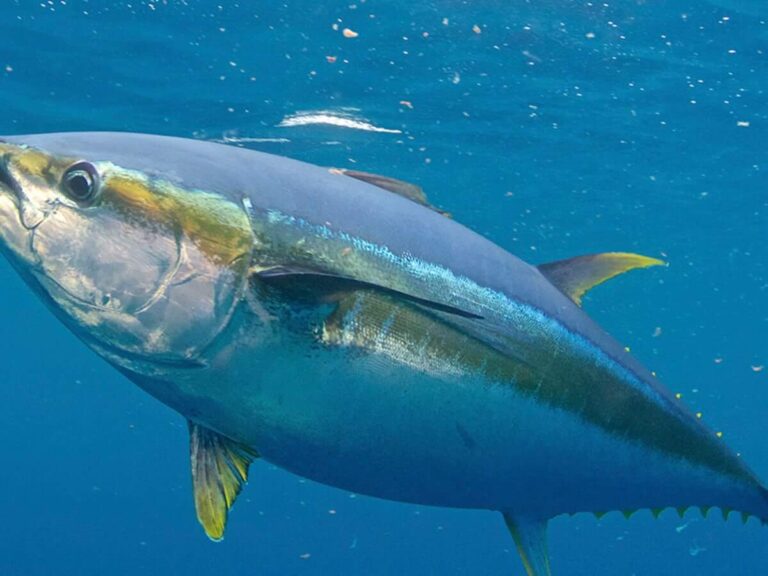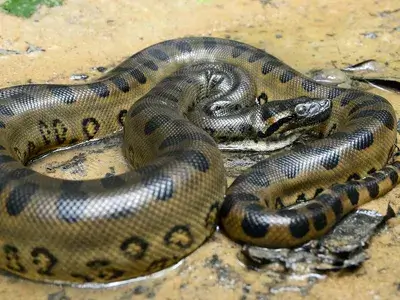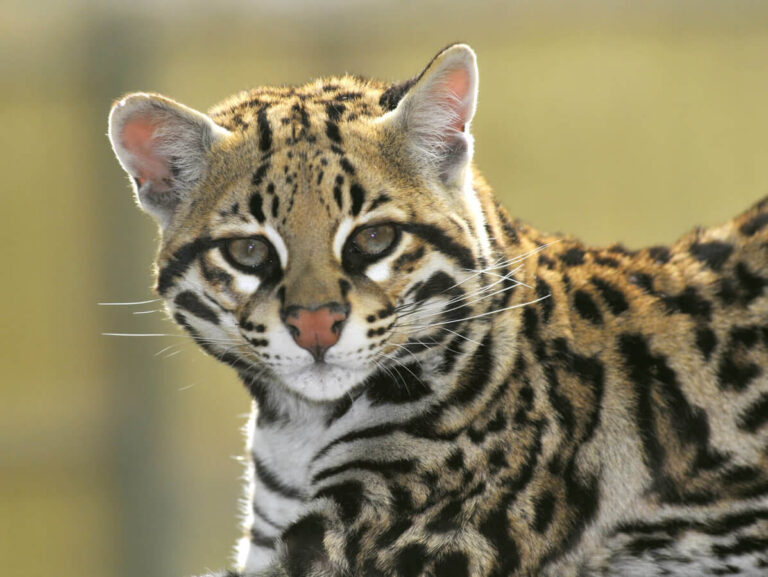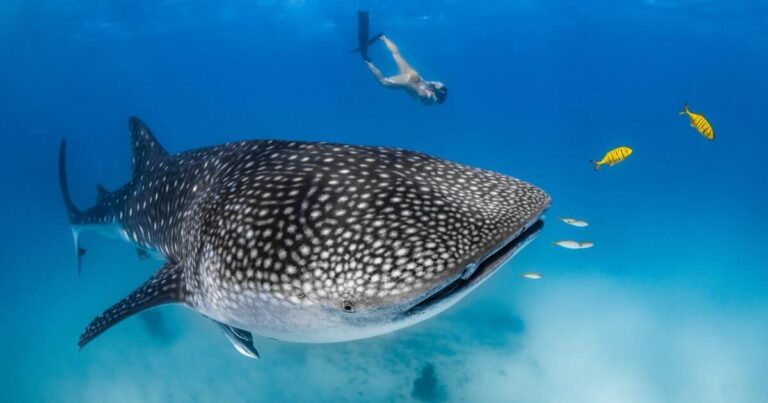Discover the Fascinating World of the Octopus: Traits & Habits
The octopus is a fascinating marine creature known for its intelligence, flexibility, and mysterious behavior. Found in oceans around the world, these invertebrates have captured the interest of scientists and marine enthusiasts alike. This article will explore various aspects of the octopus, from its scientific classification to its evolutionary history and relationship with humans.
Contents
Scientific Classification
- Kingdom: Animalia
- Phylum: Mollusca
- Class: Cephalopoda
- Order: Octopoda
- Family: Varies by species (e.g., Octopodidae)
Octopuses are cephalopods, a mollusk class that includes squids, cuttlefish, and nautiluses. They are part of the order Octopoda, which contains over 300 species.
Physical Characteristics

Octopuses are soft-bodied animals, incredibly flexible and capable of squeezing through tight spaces. Key physical traits include:
- Arms: Octopuses have eight arms lined with suckers, which they use for gripping, exploring, and capturing prey.
- Eyes: They have highly developed, human-like eyes with excellent vision.
- Skin: Their skin contains specialized cells called chromatophores that allow them to change color for camouflage or communication.
- Size: Octopuses vary greatly, from the tiny Octopus Wolfi (about 1 inch) to the giant Pacific octopus, which can grow over 16 feet across and weigh over 100 pounds.
Habitat
Octopuses are found worldwide, from shallow coastal waters to the deep sea. They inhabit various environments:
- Tropical and temperate regions: Octopuses are commonly found in coral reefs, seagrass beds, and rocky crevices.
- Deep-sea species: Some species live in the dark, cold depths of the ocean, where they have evolved unique adaptations for survival.
One reason for their global distribution is their ability to adapt to a wide range of marine habitats.
Behavior

Octopuses are known for their intelligence and problem-solving abilities. Key behavioral traits include:
- Camouflage: Octopuses are masters of disguise, using chromatophores to blend into their surroundings, which helps them avoid predators.
- Escape Artists: Their flexible bodies allow them to escape from predators or confined spaces.
- Tool Use: Some species, like the veined octopus, have been observed using coconut shells as shelters—an example of tool use in invertebrates.
Diet
Octopuses are carnivorous, feeding on a variety of marine life. Their diet typically includes:
- Crustaceans: Such as crabs, shrimp, and lobsters.
- Fish: Small fish are often part of their diet.
- Mollusks: Octopuses can open clams and mussels with their powerful beak.
They are ambush predators, using stealth and their arms to grab prey and inject them with venom from their salivary glands.
Reproduction
Octopuses have a unique and often tragic reproductive cycle:
- Mating: Males use a specialized arm called a hectocotylus to transfer sperm to the female.
- Egg Laying: After mating, females lay thousands of eggs, which they guard fiercely until they hatch.
- Death After Reproduction: Most octopuses die after reproduction. Males often die shortly after mating, and females die soon after their eggs hatch.
Predators
Despite their ability to camouflage, octopuses have several predators, including:
- Sharks: Some species, like the dogfish, actively hunt octopuses.
- Dolphins: Known for their intelligence, dolphins often prey on octopuses.
- Seals and birds: Seals and seabirds also hunt octopuses in coastal areas.
Conservation Status
Most octopus species are not currently endangered, but their populations are affected by overfishing and habitat destruction. Some species, such as the giant Pacific octopus, are monitored closely to ensure their populations remain stable.
Interesting Facts
- Regeneration: Octopuses can regrow lost arms, making them one of the few animals with regenerative capabilities.
- Blue Blood: Octopuses have copper-based blood, which turns blue when oxygenated, allowing them to survive in low-oxygen environments.
- No Bones: Their lack of bones enables them to squeeze through incredibly tight spaces.
Evolutionary History
Octopuses are believed to have evolved over 300 million years ago, making them older than dinosaurs. Their early ancestors were likely shelled mollusks, but octopuses lost their shells over time, giving them greater mobility and flexibility in the water.
Relationship with Humans
Octopuses have long fascinated humans, appearing in myths, literature, and art. In modern times:
- Scientific Study: Octopuses are studied for their intelligence and unique behaviors.
- Culinary Delicacy: In some cultures, octopus is considered a delicacy, particularly in Mediterranean and Asian cuisines.
- Aquarium Attractions: Due to their intriguing behaviors and ability to interact with their environment, octopuses are popular exhibits in aquariums worldwide.
Conclusion
The octopus is a remarkable creature that captivates scientists and the general public. From their intelligence and camouflage abilities to their fascinating reproductive cycle, octopuses play a critical role in marine ecosystems. However, it is essential to monitor their populations and protect their habitats to ensure their survival for future generations. As we learn more about these incredible animals, our appreciation for their role in the ocean’s biodiversity only deepens.
- Golden Retriever Pros and Cons: What Every Pet Parent Should Know - 15 September 2025
- Cane Corso Dog Breed: Health, Care, and Lifespan - 14 September 2025
- Catahoula Leopard Dogs: Description, Temperament, Lifespan, & Facts - 21 July 2025







